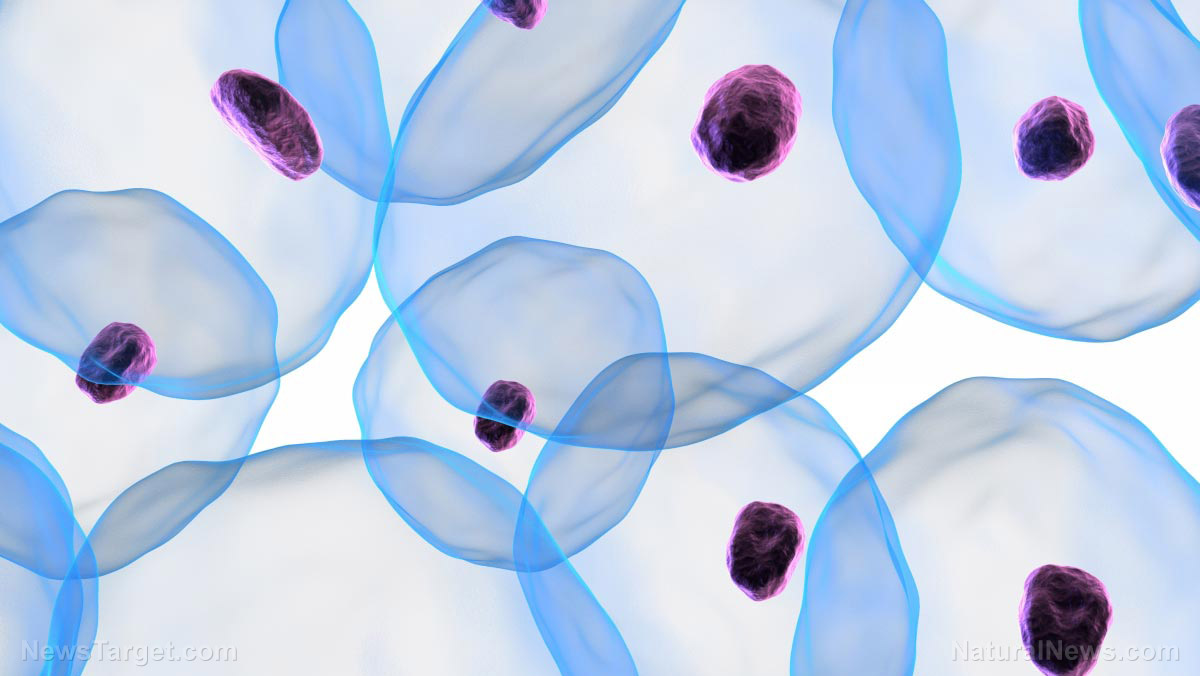This describes the importance of vitim E which was never particularly clear. Multiple organ failure is also a bad way to find out.
Vitimin E has long had a following with the elderly and this explains why. Much of biological failure amoung the elderly is driven by inceasing deficiencies that go undetected.
Thus understanding all this is important.
Antioxidants found to be effective in treating mitochondrial disease, preclinical trials find
Tags: antioxidant compounds, antioxidants, C. elegans, disease treatments, fibroblasts, food science, genetic disease, healing foods, Medicine, mitochondria, mitochondrial disease, MItochondrial Dysfunction, mitochondrial respiratory chain, N-Acetylcysteine, nutrients, oxidative stress, prevention, superfoods, treatments, vitamin E, zebrafish
More on mitochondrial disease
Monday, April 30, 2018
by: Michelle Simmons
https://www.naturalnews.com/2018-04-30-antioxidants-found-to-be-effective-in-treating-mitochondrial-disease.html
(Natural News)
In search of mitochondrial disease treatments, researchers found that some antioxidant compounds could be effective in treating mitochondrial disease.
In their study, the researchers examined seven antioxidant compounds in two animal models of mitochondrial disease: Zebrafish (Danio rerio) and the worm species Caenorhabditis elegans.
In addition, they used cultures of fibroblasts or skin cells obtained
from human patients as a third model. All of the models, the patient
cells and the experimental animals, had genetically based malfunctions
of the mitochondrial respiratory chain (RC). This is an essential part
of the mitochondria wherein cells process nutrients and oxygen to
produce chemical energy.
One primary factor prevalent in RC disease is oxidative stress, which
adds to the worsening of the disease. Antioxidants are generally
believed to help neutralize oxidative stress. However, some antioxidants
can have adverse side effects, be ineffective, or be used at harmful
doses. The antioxidants tested in the study included N-acetylcysteine
(NAC), vitamin C, coenzyme Q10 and a type of coenzyme Q10 specifically
targeted at mitochondria, vitamin C, lipoate, and orotate.
In the study, researchers found that the two compounds, the drug NAC
and vitamin E, significantly affected mitochondrial disease in the
animal models. They extended lifespan in mitochondrial complex I disease
worms and protected complex I disease zebrafish from brain damage. In
addition, NAC enhanced survival in the patient cells. Additionally,
these compounds were effective in mitigating oxidative stress that was
present not only within the mitochondria but throughout the whole cell.
“Both NAC and vitamin E are the lead antioxidant candidates from
this work to be evaluated in clinical trials, to determine whether they
effectively benefit the survival, function and feeling of mitochondrial
disease patients,” said Marni J. Falk, leader of the study.
Although, coenzyme Q10 and a type of coenzyme Q10 specifically
targeted at mitochondria enhanced some indicators of animal health in
the worms, they prolonged their lifespan only to a limited extent.
Meanwhile, the other three antioxidants tested showed more inconsistent
effects than those observed with the other compounds.
“Overall, these pre-clinical model animal data demonstrate that
several classical antioxidant drugs do yield significant benefit on
viability and survival in primary mitochondrial disease, where their
major therapeutic benefit appears to result from targeting global
cellular, rather than intramitochondria-specific, oxidative stress,” the
researchers wrote.
The findings of the study were published in the journal Molecular Genetics and Metabolism.
Mitochondrial diseases occur when the mitochondria of the cells do not work properly.
Mitochondria are responsible for producing more than 90 percent of the
energy required by the body to sustain life and support organ function.
Therefore, when they fail, the energy generated within the cell
declines. This is followed by cell injury, and will eventually lead to
cell death. Unfortunately, the body organ systems will start to fail if
this process is repeated throughout the body. The heart, brain, muscles,
and lungs are the most affected organs as they need the greatest amount
of energy to function properly.
Diagnosing this disease may be difficult as it affects each person
differently. Its symptoms can include seizures, strokes, severe
developmental delays, failure to walk, talk, see, and digest food
combined with other complications. Moreover, if three or more organ
systems are involved, mitochondrial disease should be suspected.
(Related: Mitochondrial diseases on the rise – Are GMOs, Roundup to blame?)
Read more news stories and studies on diseases that affect the cells by reading Research.news.
Sources include:

No comments:
Post a Comment